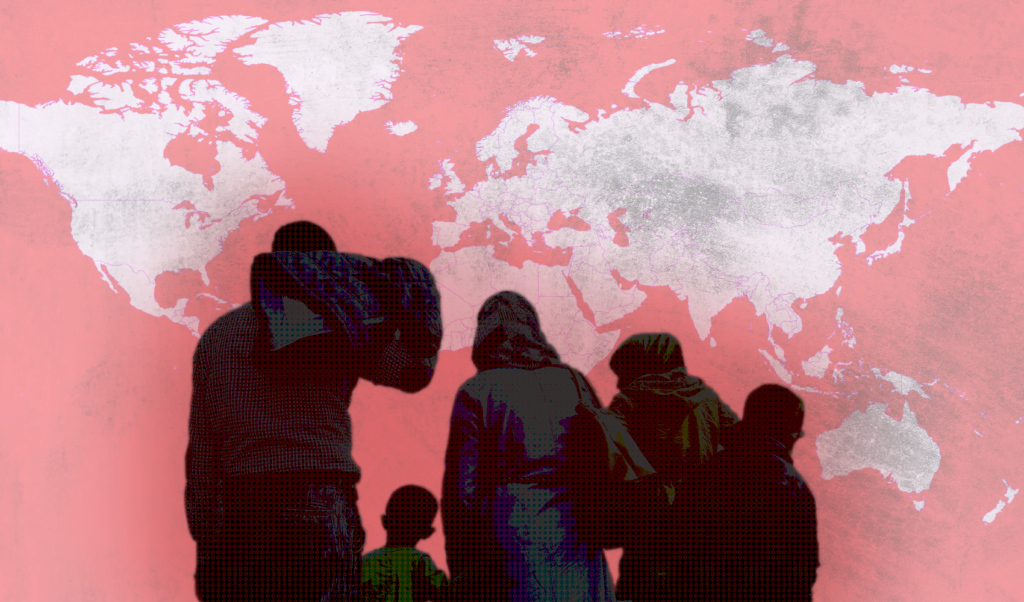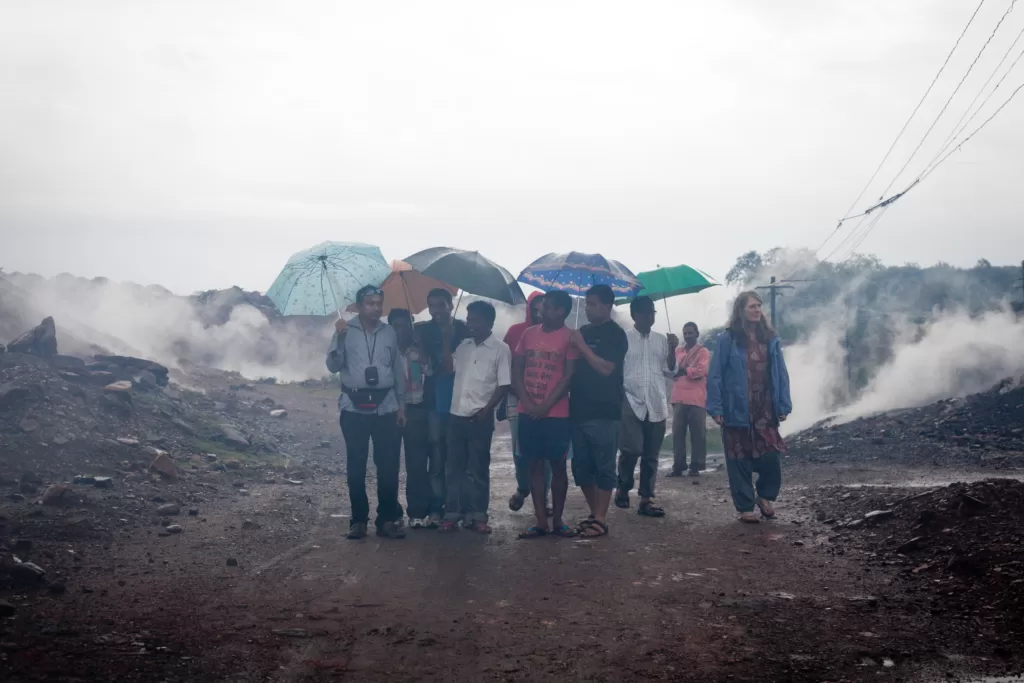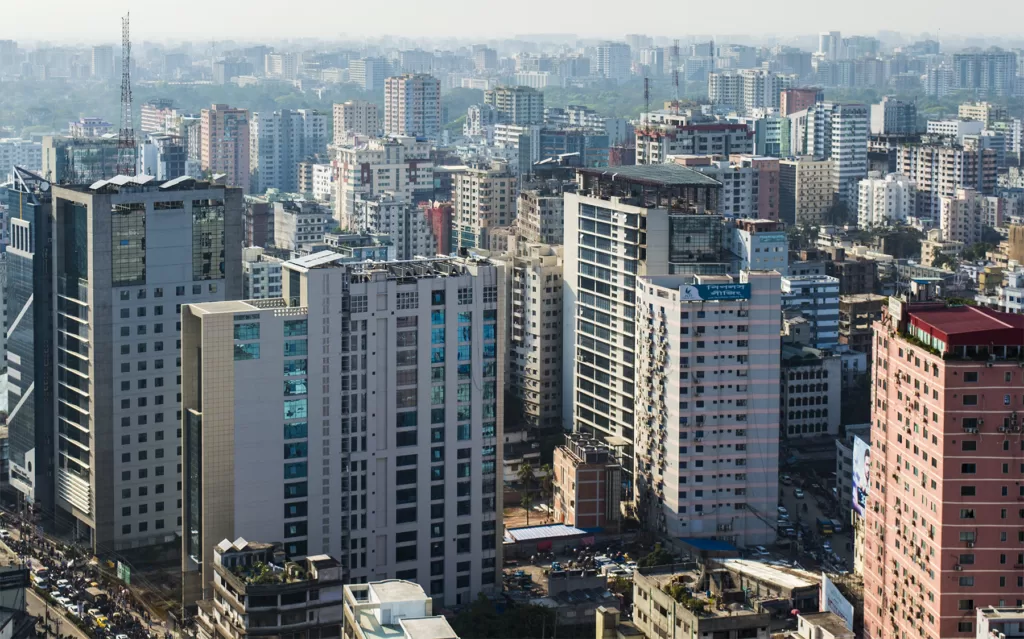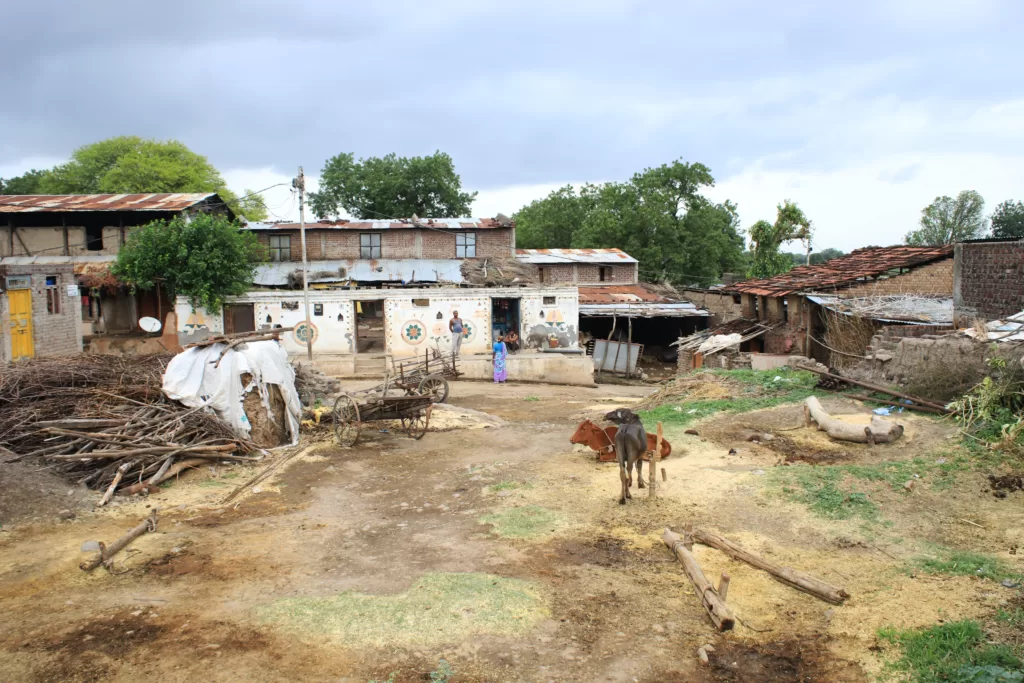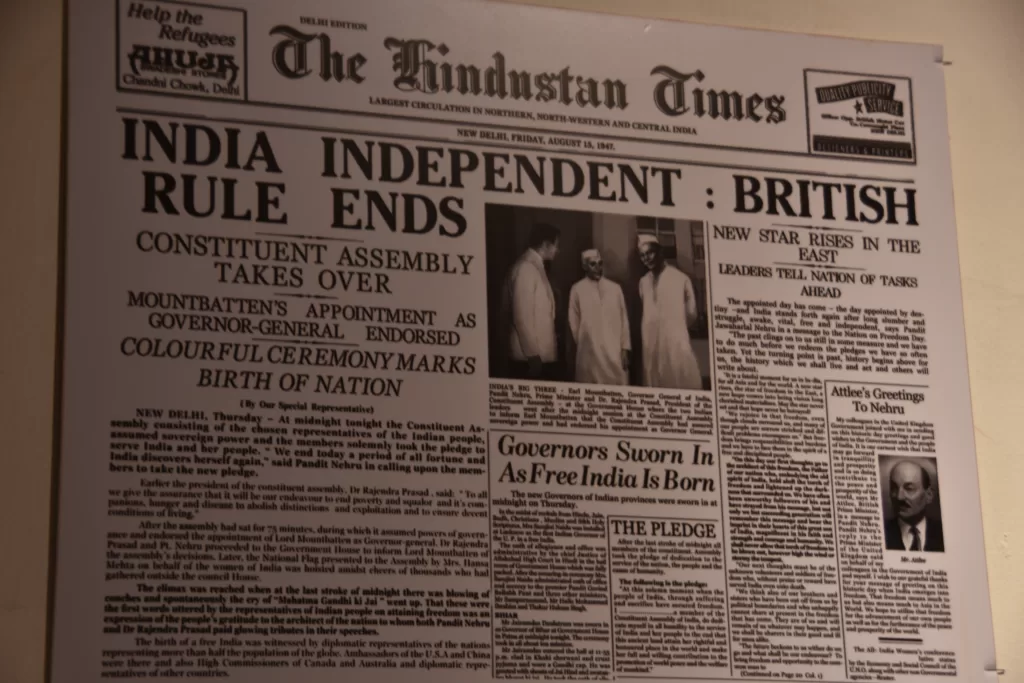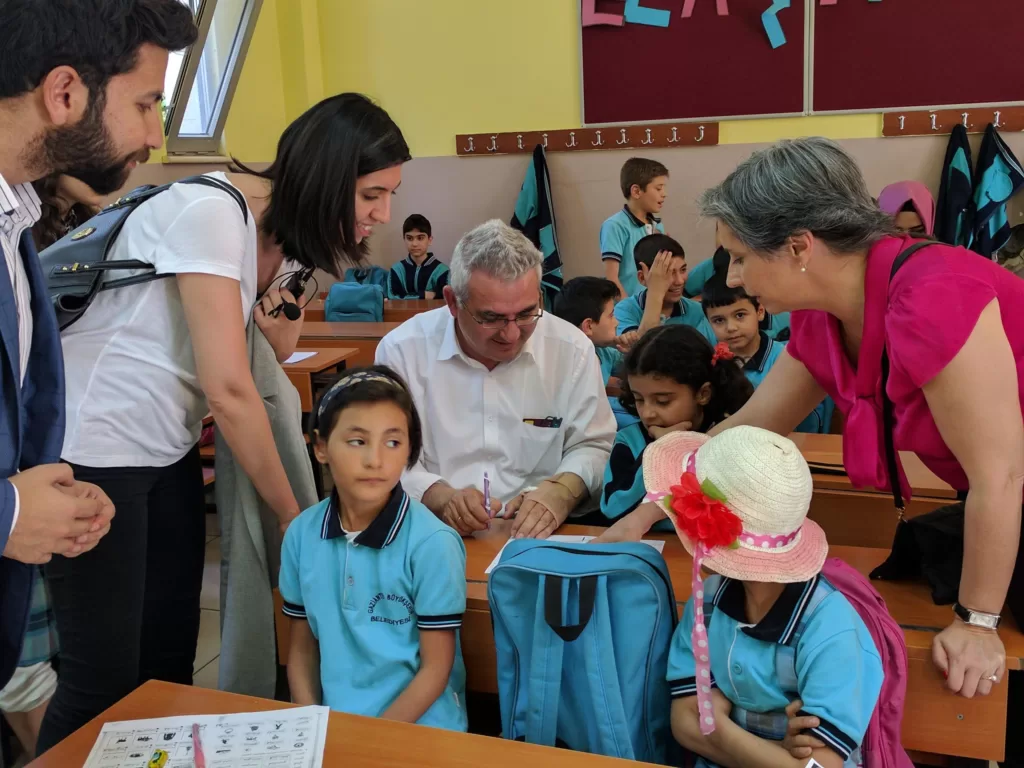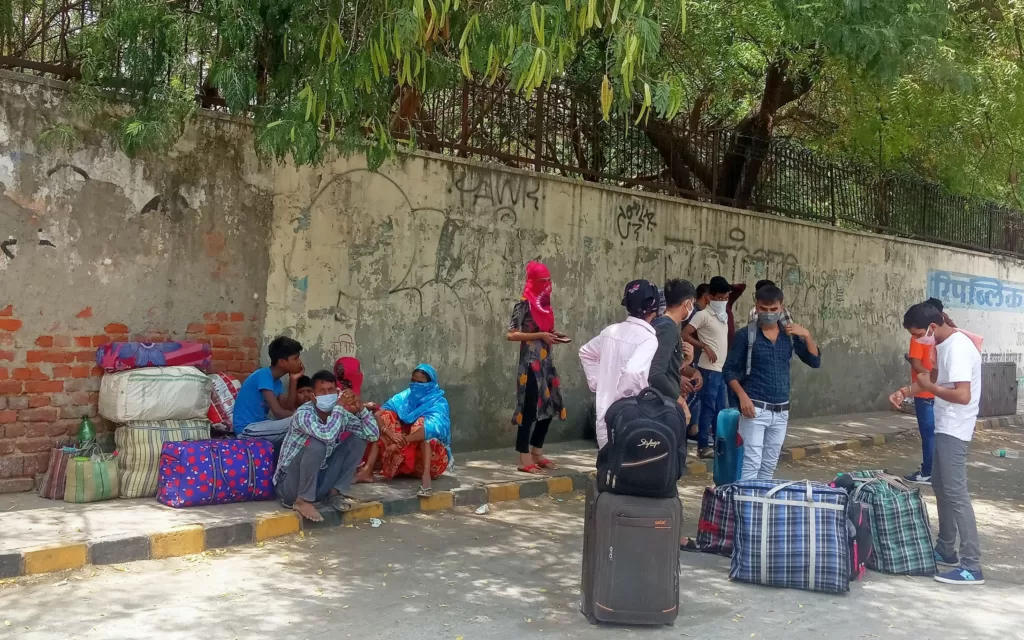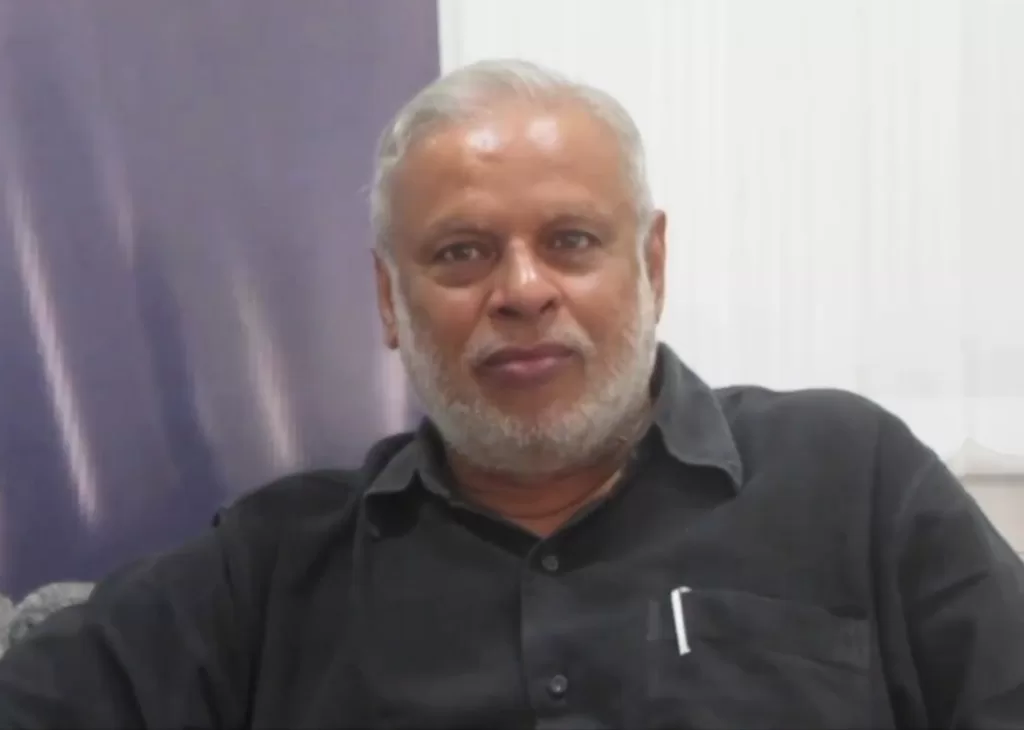Ten years of civil war in Nepal pushed many people out of their homes. 17 years later, many still suffer.
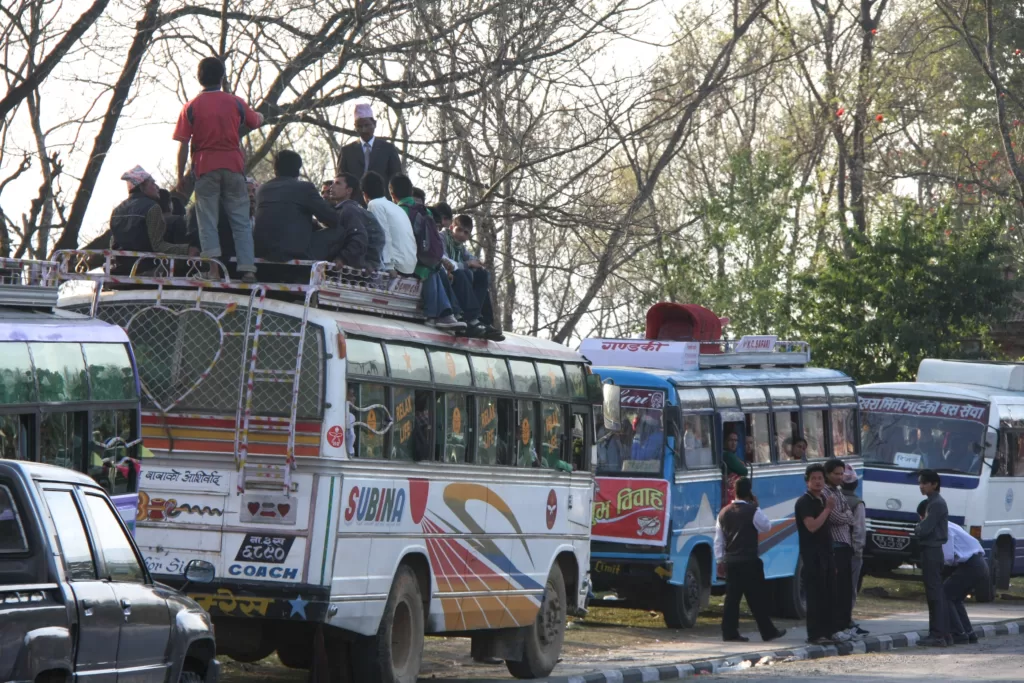 Years after Nepal’s civil war, many people remain displaced. : Flickr: keso s https://www.flickr.com/photos/keso/7004907965/ CC BY-NC-ND 2.0
Years after Nepal’s civil war, many people remain displaced. : Flickr: keso s https://www.flickr.com/photos/keso/7004907965/ CC BY-NC-ND 2.0
Ten years of civil war in Nepal pushed many people out of their homes. 17 years later, many still suffer.
For a decade between 1996-2006, Maoist insurgents waged a guerilla war against the government in Nepal.
The conflict, in which at least 17,000 people were killed, was marked by murders, rapes and kidnappings of civilians. Around 200,000 ordinary Nepalese were forced to flee their homes.
Almost 17 years after the peace accord, many of the people who fled or were forced out have still not returned. Many ended up in India. Those displaced by the fighting faced severe hardship with little or no support from authorities.
In a developing nation like Nepal, internally displaced people do not get much support. They mostly receive help from local communities, civil society organisations or non-government humanitarian organisations.
The date Shyam Sundar K.C was tortured is etched in his memory. Around midnight on November 24, 2002, seven armed men broke into Shyam’s house and broke his leg in four places. He passed out from the pain. It wasn’t until the following day, after he lay in agony for hours, that he was taken to hospital in Kathmandu.
Shyam had to borrow the money to pay his medical expenses which were $USD4,000 — a fortune by Nepal’s standards, where the average annual income at the time was a mere USD$240. While he eventually received $USD1,000 to help, it wasn’t enough to cover his bills and he struggled to make ends meet.
Kalyan Budhathoki was forced off the land his family had farmed for generations when Communist Party of Nepal cadres appropriated his property and forced him and his family to leave their village. There was no warning: Kalyan was given instructions to move out of his home immediately and leave all his belongings. He and his family moved to the city, where they found it difficult to adjust.
Janak Raut was tortured during the conflict. He was forced to flee his village due to the continuous threat from the village’s government-backed self-defence committee (these committees used the threat of violence to get information and prevent Maoists from entering villages). Even after he fled, Janak was not safe. He moved from town to town before finally landing in Kathmandu. Like many torture victims, he had ongoing medical issues.
When Janak fled, he was forced to leave his children behind. The fear of reprisals from state-backed officials meant his children had to sleep in the paddy field.
This level of violence and fear has contributed to psychosocial problems of the displaced and conflict victims. People were terrorised by the allegation of spying and extortion by Maoist combatants demanding shelter and food. It became difficult for people to stay at home as the killings, torture and kidnappings became common.
The forceful evictions of civilians (farmers, labourers, teachers or entrepreneurs) created insecurity, helplessness and uncertainty. The conflict and subsequent natural disasters such as earthquakes, landslides, floods and forest fires are the major contributing factors of internal displacement in Nepal.
The people caught between the warring parties continue to suffer.
Nepal’s government adopted a policy on Internal Displacement in 2007 which has not been properly implemented.
The government and Maoists agreed to form a National Peace and Rehabilitation Commission to address grievances of people victimised by the conflict and allow internally displaced people to return to their homes without any hindrance.
It hasn’t worked.
Despite the commitment to return property, Maoist cadres who seized property have not returned it to the victims.
The government of Nepal has established two commissions — the Truth and Reconciliation Commision and the Commission on Enforced Disappearances — to investigate the gross human rights violations during the armed conflict. However, the law does not consider internal displacement as a human rights violation.
There have been no serious discussions about internal displacement and its consequences. Most discussions have centred on killing, disappearances, torture and sexual violence. Internally displaced people experienced difficulties through economic hardship, cultural shock and psychosocial problems.
Adopting a comprehensive transitional justice mechanism that addresses the grievances of internally displaced persons is important to acknowledge the suffering of the victims and the potential solutions for their future.
Comprehensive reparation packages with health, education, rehabilitation and psychosocial support are essential for internally displaced people.
Som Niroula is a research associate with Calcutta Research Group and associated with the South Asia Forum for Human Rights (SAFHR).
This article is part of a Special Report on ‘Shock mobility’, produced in collaboration with the Calcutta Research Group.
Originally published under Creative Commons by 360info™.


